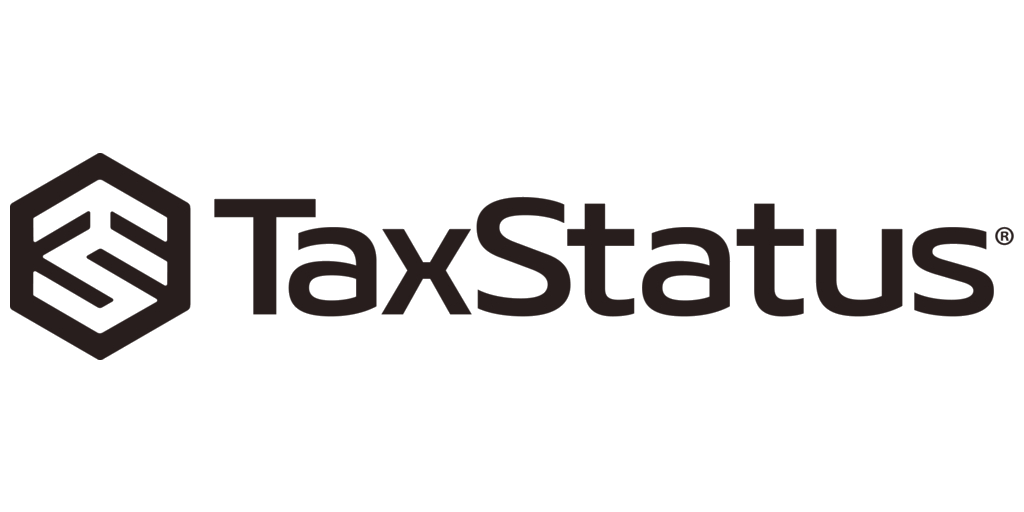When Are Taxes Due? Tax Day and Other Filing Deadlines
For most of us, Tax Day was April 15, but some exceptions exist. Here's everything you need to know about filing your return on time.

Many, or all, of the products featured on this page are from our advertising partners who compensate us when you take certain actions on our website or click to take an action on their website. However, this does not influence our evaluations. Our opinions are our own. Here is a list of our partners and here's how we make money.
Whether you're an early bird or enjoy the adrenaline rush of a last-minute race to the finish line, there's a question that unites us all: "When are taxes due this year?" Here's a cheat sheet for all the important deadlines this year — from the last day to file your federal income tax return to due dates for estimated tax payments.
When are taxes due in 2025?
The deadline to file a federal income tax return was Tuesday, April 15, 2025. Americans living abroad had until June 16, 2025, to file, but any taxes owed were still due by the regular deadline.
The date and time in your time zone when your electronic return is transmitted determines whether it is on time. For paper filers, the IRS will consider your return on time if it was properly addressed, had enough postage, and was put in the mail and postmarked by the due date. For e-filers, the deadline was April 15 by 11:59 p.m. local time.
Certain people may receive extra time to file and pay their federal taxes, including those impacted by natural disasters. This year, several extensions apply across the U.S., including:
Oct. 15, 2025: Residents and businesses in Los Angeles County, California, have until Oct. 15, 2025, to file and pay their 2024 taxes.
Nov. 3, 2025: Taxpayers in Arkansas, Kentucky, Tennessee and certain West Virginia counties (Boone, Greenbrier, Lincoln, Logan, McDowell, Mercer, Mingo, Monroe, Raleigh, Summers, Wayne and Wyoming) have until Nov. 3, 2025, to file and pay 2024 taxes.
If you live in one of the counties that was given a federal extension, keep in mind that your state return due date may or may not mirror your new federal deadline. Check with your state's revenue department for more detailed information.
» Still need to file? Compare NerdWallet's top picks for tax software
What should you do if you miss the tax deadline?
The deadline to file a tax extension — which moves your filing due date from April 15 to Oct. 15 — was Tax Day. If you secured one on time, remember that tax extensions move the filing due date, not the payment deadline. Even if you got an extension, a good estimate of your tax bill was still due by the regular deadline.
If you didn't secure an extension in time, owe taxes, and file your return late, penalties and interest will begin to accrue. The IRS encourages you to pay an estimate of what you owe as soon as possible to limit your fees. If you can't pay your tax bill in full, pay what you can and consider setting up an installment plan.
If you're due a refund, there's no penalty for filing your return late, but consider filing as soon as possible to get your money back sooner. And remember that although you might not be hit with a penalty for filing late, you very likely still need to file a return. The IRS has a strict definition of who has to file a tax return based on annual income, among other factors.

on TaxStatus's Website
When are state taxes due in 2025?
State income tax deadlines typically mirror the federal tax deadline, but some exceptions exist. Taxpayers in Arkansas, for example, have until July 31 to file a state tax return this year.
Nine states — Alaska, Florida, Nevada, New Hampshire, South Dakota, Tennessee, Texas, Washington and Wyoming — do not have a state-level income tax, so filers in those states generally only have federal tax return obligations (however, people living in Washington or New Hampshire who had substantial capital gains or investment income in 2024 may still need to file a state tax return).
» Curious about your state income taxes? Check your state's tax rate here
Other important tax deadlines to know
January 10, 2025: Free File opens. The IRS partners with brand-name software companies to provide taxpayers who make below a certain income access to free tax-prep and filing software. The Free File program typically opens and begins holding on to returns around early January.
January 27, 2025: Tax filing season begins. The IRS begins to process federal tax returns on Jan. 27. Note that if you apply for certain credits, like the earned income tax credit or additional child tax credit, the agency may not issue your refund until at least March 3 — no matter how early you file.
January 27, 2025: Direct File opens. The IRS' new, free tax filing program will open for people in participating states. Last tax season, the pilot program allowed roughly 140,000 taxpayers in 12 states to save an estimated $5.6 million in filing costs, according to the Department of the Treasury. In 2025, it will expand service to 25 states and will continue to cover simple tax returns.
January 15, 2025: Estimated tax payments due for the fourth quarter. This is the last day to pay estimated taxes for income earned Sept. 1, 2024, through Dec. 31, 2024. Generally applies to self-employed workers and taxpayers whose withholding does not cover enough of their tax liability. (Learn more about how estimated tax payments work.)
January 31, 2025: Form W-2 deadline. Employers must mail or furnish W-2 forms to employees who worked for them in 2024 by this date.
January 31, 2025: 1099 deadlines. The IRS requires that certain information returns, such as the 1099-NEC, 1099-K and 1099-INT, be issued or mailed by Jan. 31. This means, for example, if you earned a certain interest income in 2024 or are a freelancer who made $600 or more in nonemployee earnings, you should expect a document in your inbox or in the mail outlining those earnings around this time. You’ll need to reference it when you file your taxes. (Still waiting for your W-2? Here are some steps to take.)
February 18, 2025: 1099 deadlines (continued). Another set of 1099 deadlines: Informational returns like 1099-Bs (for income earned from the sale of certain securities) and certain 1099-MISC forms must be sent to recipients by this date. The IRS has more details about information returns here.
April 15, 2025: Tax Day. This is the last day to file your taxes with the IRS before penalties and interest may begin to accrue. The tax deadline is generally the same each year unless it falls on a weekend or holiday.
April 15, 2025: Tax extension deadline. Tax Day is also the last day to file for a tax extension. An extension gives you more time to submit your return, not pay your taxes. Even if you submit a request for an extension, you must pay your taxes owed by April 15.
April 15, 2025: HSA and IRA contribution deadline. The last day to make contributions to your health savings account or a Roth/traditional individual retirement account for tax year 2024. The limit for HSA contributions in 2024 is $4,150 for individuals and $8,300 for family coverage. The contribution limit for IRAs in 2024 is $7,000 ($8,000 if you’re 50 or older).
April 15, 2025: Estimated taxes due for the first quarter. Estimated tax payments on income earned during the first quarter of the year (Jan. 1, 2025, through March 31, 2025) are due today.
June 16, 2025: Estimated taxes due for the second quarter. Estimated tax payments on income earned during the second quarter of the year (April 1, 2025, through May 31, 2025) are due today.
June 16, 2025: Tax deadline for Americans living abroad. Taxpayers who live or work outside of the U.S. are granted an automatic two-month extension from April to timely file.
September 15, 2025: Estimated taxes due for the third quarter. Estimated tax payments on income earned during the third quarter of the year (June 1, 2025, through Aug. 31, 2025) are due today.
October 15, 2025: Tax extension deadline. Filing for an extension by April 15 gives you until Oct. 15 to finalize your returns. If you miss this deadline, your return is considered late by the IRS and penalties will begin to pile on.
October 15, 2025: SEP IRA, simple IRA and solo 401(k) contribution deadline. Those who have established any of the self-employment retirement plans listed above and who timely filed for an extension in April have until Oct. 15 to make a final contribution to these plans for the 2024 tax year.
December 31, 2025: 401(k) contributions deadline. If you contribute to an employer-sponsored retirement plan like a traditional or Roth 401(k), Dec. 31 is typically the last day to make a qualified contribution. For the 2025 tax year, the most you can contribute is $23,500 if you're under 50, $31,000 if you’re 50 or older, and $34,750 if you're age 60 to 63.
December 31, 2025: RMD deadline. If you’re required to take RMDs, you must do so by Dec. 31.
December 31, 2025: Charitable donations deadline. If you itemize deductions and want to donate to charity to reduce your taxable income, this is the last day to do so for the 2025 tax year.
When are taxes due in October?
If you filed an extension by Tax Day, your new filing deadline is Wednesday, Oct. 15, 2025. Getting an extension gives you more time to file, but it doesn't give you more time to pay your taxes. Any tax you owe, or a good estimate of that amount, was still due April 15. Interest and penalties apply to tax bills owed after April 15, and they add up until your balance is paid.

on TaxStatus's Website
When will I get my refund?
It depends on how you file. The IRS says most people who file electronically and choose direct deposit get their refund within 21 days. Paper returns can take longer to process — up to four weeks or more in most cases.
After you file, you can check the status of your return on the IRS website.
Related resources
ON THIS PAGE
ON THIS PAGE










